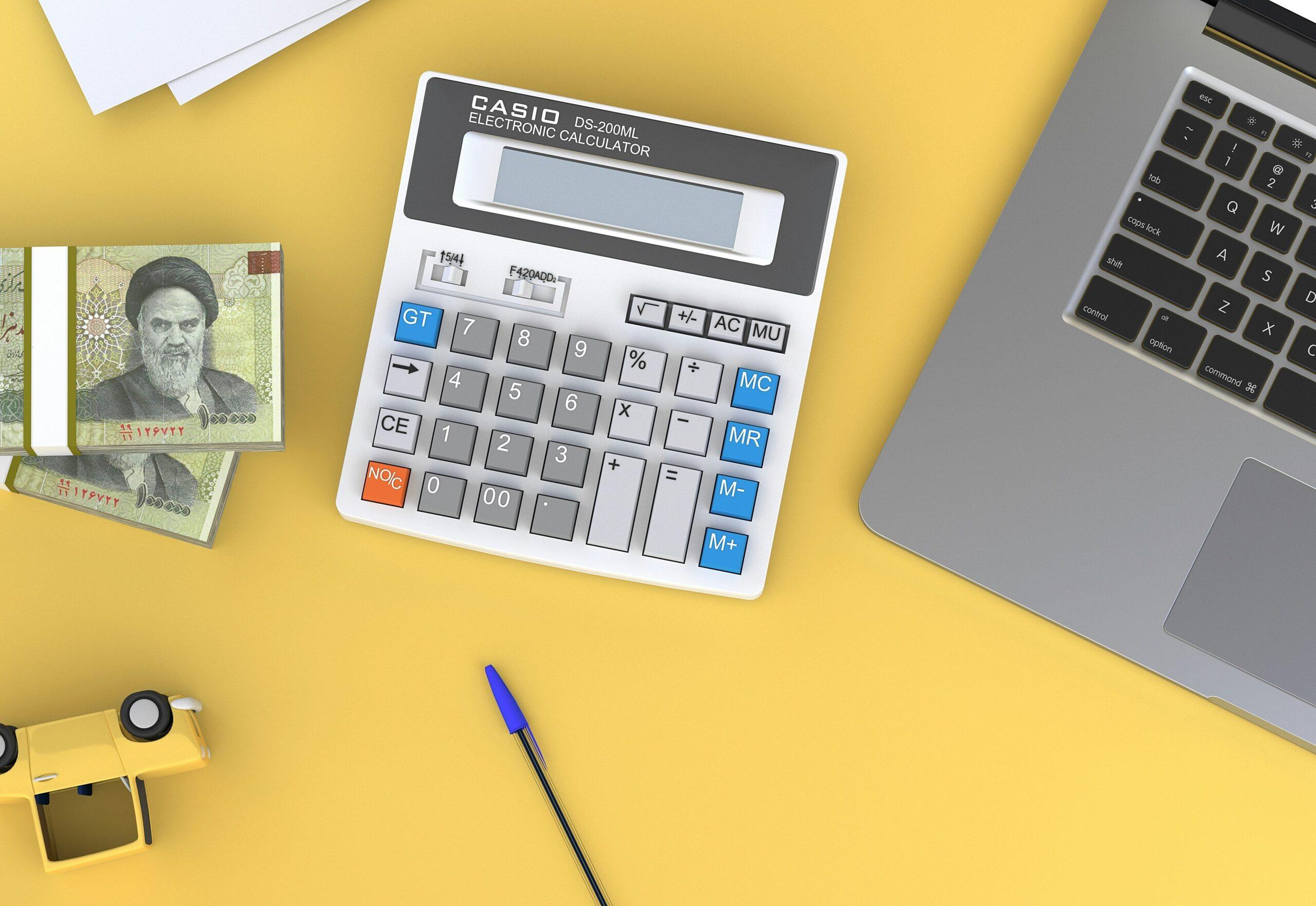Ever found yourself staring at a loan deferment notice, wondering, “What happens when the clock starts ticking again?” Yeah, us too. Whether it’s student loans or mortgage payments, understanding how lump sum payments work after deferment can save you thousands. But don’t worry—we’ve got your back.
In this guide, you’ll learn:
- The ins and outs of lump sum payments post-deferment.
- Actionable tips for managing your finances during this tricky period.
- Real-world examples of borrowers who nailed their post-deferment strategy.
Table of Contents
- Key Takeaways
- Why Lump Sum Payments Can Be Tough After Deferment
- How to Navigate Lump Sum Payments After Deferment
- Best Practices for Managing Your Finances
- Success Stories: Borrowers Who Crushed It
- Frequently Asked Questions About Lump Sum Payments
Key Takeaways
- A lump sum payment requires careful planning and budgeting—don’t wing it!
- Skipping negotiation with lenders is like leaving free money on the table.
- Automated savings tools can help soften the financial blow.
- Ignoring penalties and interest rates could cost you big time.
Why Lump Sum Payments Can Be Tough After Deferment
I’ll never forget my friend Sarah—a classic case of “I thought I had more time.” She came out of a six-month loan deferment only to be slapped with a $5,000 lump sum payment request. Whirrrr—sounds like her laptop fan trying to keep up with all those calculations she was frantically Googling.
Here’s the deal: Loan deferments are great for short-term relief, but they’re not magic wands. Once deferment ends, many lenders expect you to make up for lost time—and that often means a hefty lump sum payment. Add in accruing interest (because, yes, it doesn’t always stop during deferment), and suddenly, you’re facing a cash flow nightmare.

How to Navigate Lump Sum Payments After Deferment
Optimist You: “Let’s just pay it off, no sweat!”
Grumpy You: “Ugh, do we even have that kind of money lying around?”
No worries—here’s a plan to handle lump sums without losing sleep:
Step 1: Review Your Loan Agreement
Break open that dusty PDF contract. Look for clauses about what happens after deferment. Some loans might offer grace periods, reduced rates, or installment options instead of a full lump sum.
Step 2: Calculate Total Owed
Use online calculators or consult your lender to see the total amount due. Include principal balance, accrued interest, and any fees. Knowledge is power, people!
Step 3: Talk to Your Lender
Swallow your pride and call them. Ask if there’s flexibility, such as an extended repayment plan or partial forgiveness. Pro tip: Borrowers who negotiate often secure better terms than those who ghost their lenders.
Step 4: Create a Savings Plan
If you think you can scrounge up enough money overnight, you’re dreaming. Open a high-yield savings account and automate transfers to build funds over time. Apps like Digit or YNAB can help track progress.

Best Practices for Managing Your Finances
- Don’t Blow Through Emergency Funds: Keep a buffer for life’s other curveballs.
- Prioritize High-Interest Debt: Clear higher-rate debts first to minimize long-term costs.
- Use Windfalls Wisely: Tax refunds, bonuses, gifts? Throw them toward your lump sum goal.
- Avoid This Terrible Tip: Putting everything on a credit card to “buy time.” Not chef’s kiss—that’s begging for a debt spiral.
Rant Corner: Why do some lenders bury crucial info about lump sum requirements deep in fine print? Pet peeve alert—it’s sneaky AF. Don’t let them trip you up. Read. Everything.
Success Stories: Borrowers Who Crushed It
Meet Mike. During his student loan deferment, he set aside $200/month while freelancing part-time. By the end of his deferment, he’d built a $4,800 cushion. When his lender requested a $5,000 lump sum, he negotiated down to $4,500—and paid it off within a month. Boom.

Moral of the story? Preparation meets opportunity—and saves major stress.
Frequently Asked Questions About Lump Sum Payments
What Should I Do If I Can’t Afford a Lump Sum?
Contact your lender ASAP. Many will offer alternatives like extended plans or reduced lump sums.
Does Interest Accrued During Deferment Count Toward My Credit Score?
Nope, but missing a required payment definitely will hurt your score.
Can I Pay Off Part of My Lump Sum Early?
Yes, most lenders allow early partial payments without penalties, but confirm policy specifics.
Conclusion
You made it through deferment—but now comes the hard part: handling lump sum payments. From negotiation tactics to saving strategies, we’ve covered every base today. So, go ahead and tackle that looming payment head-on—you’ve totally got this.
And remember…
Spring flowers bloom slow, Budgeting feels tough sometimes. Win the lump sum game!


